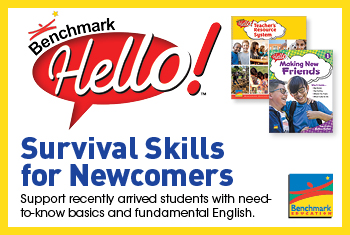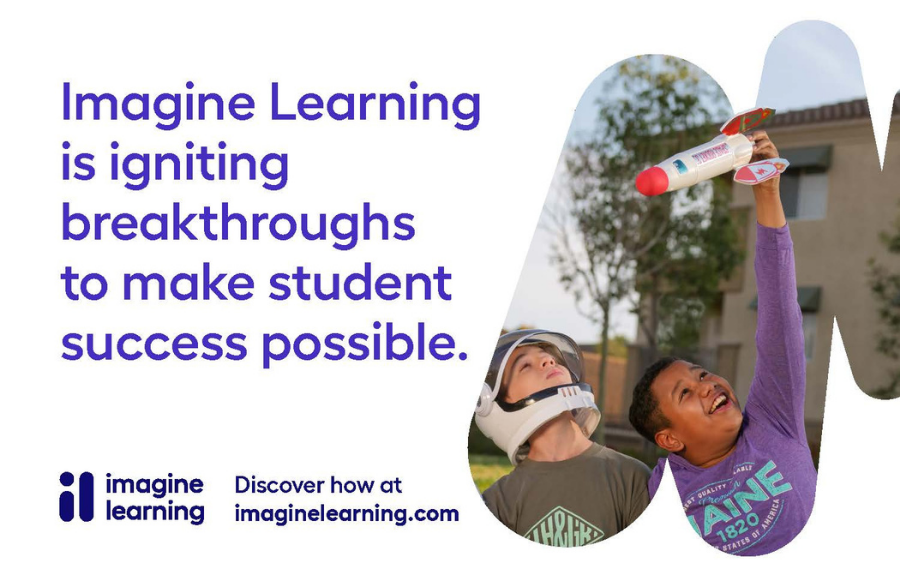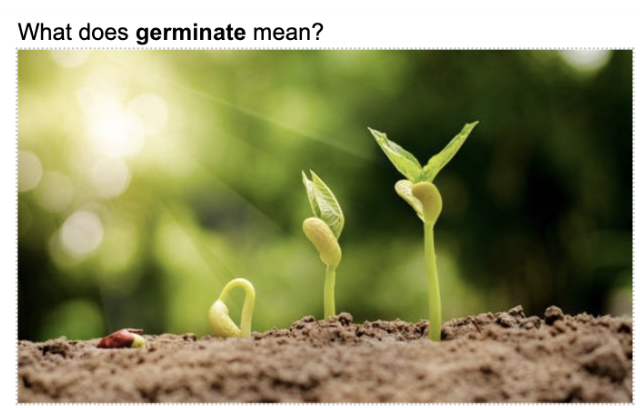Picture Word Inductive Model (PWIM): A Strategy to Scaffold Up in Content Learning
Jenna Maneri, ESL Coach K-12 and NJTESOL/NJBE Elementary ESL SIG Representative
The Picture Word Inductive Model (PWIM) is a versatile instructional strategy developed by Emily Calhoun in 1998 to scaffold language arts learning and content understanding. This model uses visuals as an anchor for learners to connect vocabulary to concepts, making it an effective tool for providing comprehensible input for all learners, especially multilingual learners (MLs). By incorporating PWIM with structured scaffolds, educators can guide students gradually through complex stages of language acquisition and content comprehension.
The Foundation of PWIM
Fundamentally, PWIM begins with an image that serves as a visual device for vocabulary development. Students study the image, identifying and labeling nouns, verbs, and adjectives. These words are then sorted and organized, creating a word bank that students can draw upon to assemble sentences. The process helps students learn and connect to new vocabulary while also building foundational grammar skills. PWIM is flexible and easy to manipulate, making it accessible to students across language proficiency levels. With proper scaffolds, such as sentence stems or speaking frames, learners can demonstrate understanding both orally and in writing.
Introducing the PWIM Pyramid
To boost on Calhoun’s original model, the PWIM Pyramid offers a structured approach to guide learners through the levels of language development. This progression moves from simple vocabulary acquisition to organized, effective communication:
1. Word Level (Base of the Pyramid):
At this basic stage, learners focus on identifying and using simple vocabulary to express uncomplicated ideas. This stage emphasizes word recognition and distribution of vocabulary into parts of speech, such as nouns, verbs, and adjectives.
2. Syntax Level (Middle of the Pyramid):
Building on word level, this stage incorporates grammar and sentence structure. Learners combine words into phrases, clauses, and complete sentences, applying rules of syntax to articulate meaning. Scaffolds, such as sentence frames, can support learners as they begin sentence construction.
3. Discourse Level (Top of the Pyramid):
At the peak of the pyramid, learners engage in effective communication. Whether orally or in writing, they use their word banks, from the base of the pyramid, and syntax skills, from the middle of the period, to construct narratives, explanations, arguments, or share information. This stage emphasizes organization, exhibiting students’ ability to use language to share expanded and more complex ideas.
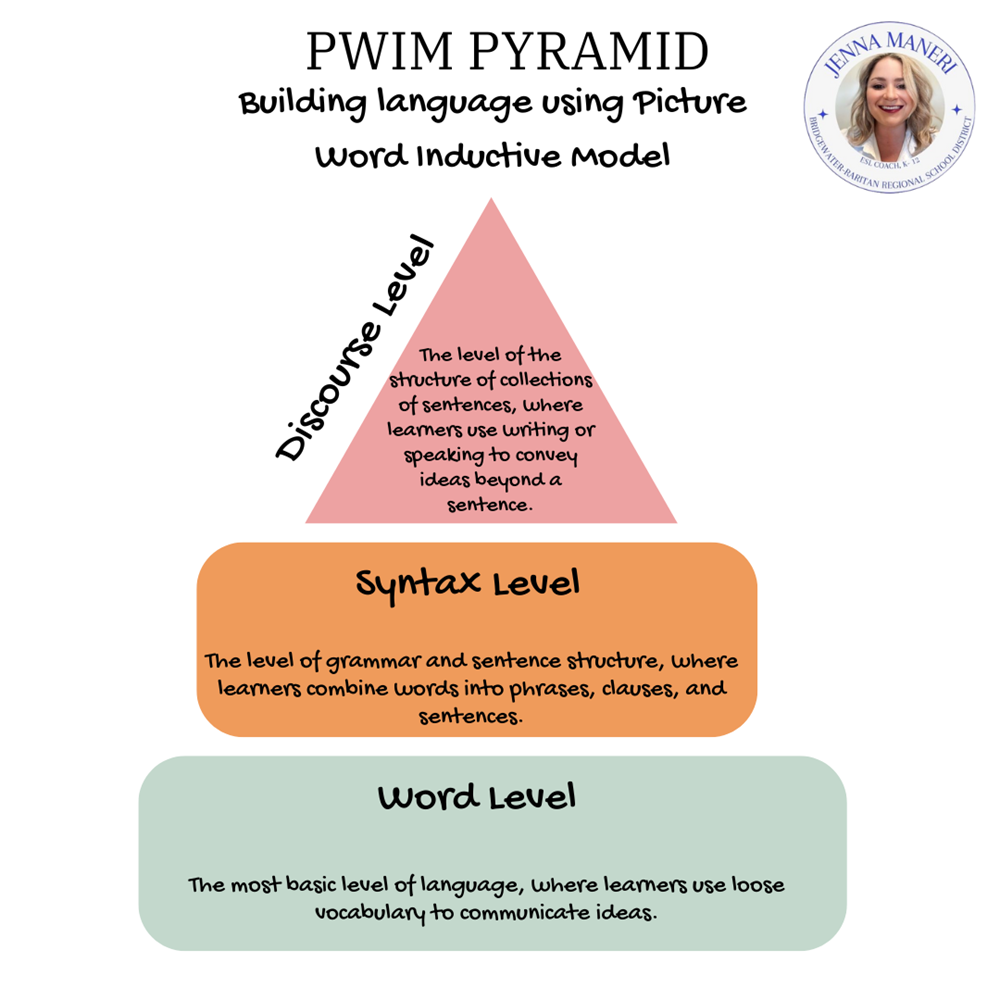 Benefits of PWIM for Multilingual Learners
Benefits of PWIM for Multilingual Learners
The PWIM strategy effectively scaffolds learning for MLs by building schema and connecting new vocabulary to existing knowledge. Visuals provide immediate context and lower the cognitive load for multilingual learners, allowing them to focus on both language acquisition and content simultaneously. By engaging learners at their current proficiency level and providing appropriate scaffolds, PWIM ensures accessibility for all students. For example:
● Beginning learners may rely on visual cues and single words (WIDA Level 1).
● Intermediate learners can use sentence stems to construct basic sentences (WIDA
Levels 2, 3, & 4).
● Advanced learners can create detailed, multi-sentence responses or participate in
extended discussions (WIDA Levels 4, 5, & 6).
Implementing PWIM in the Classroom
Here’s how PWIM can be integrated into instructional routines:
1. Start with an Applicable Image: Choose an image that is related to the content or lesson objectives. Ensure it has enough detail to engage students into a discussion.
2. Identify Vocabulary: Guide students to label the image with nouns, verbs, andadjectives. For example, in a science lesson on ecosystems, an image of a rainforestcould generate words like tree, rain, grow, and lush. If the students miss vocabulary that you believe is pertinent, label it for them and add it to their word bank.
3. Sort and Organize Vocabulary: Help students sort the words by their parts of speech.
4. Construct Sentences: Using the word bank, students build sentences. Scaffold as needed with sentence frames like “The ___ is ___”, “I see a ___ that ___”, “There is ___”.
5. Progress to Syntax and Discourse: Encourage students to expand their sentences
into paragraphs that connect ideas.
6. Apply to Content Learning: Transition into reading or writing activities that connect the
vocabulary to the content lesson.
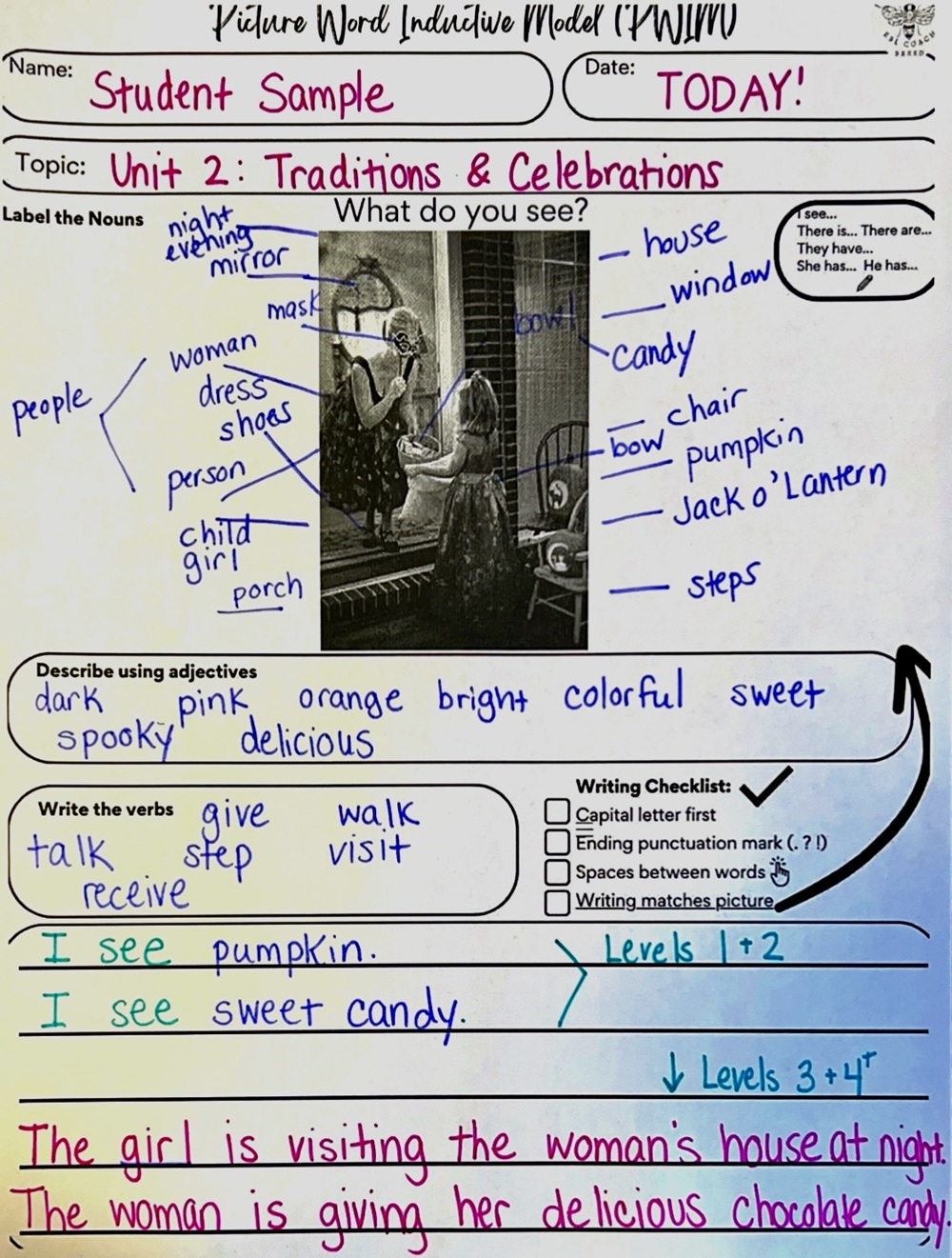
Conclusion
The Picture Word Inductive Model (PWIM), enriched with the PWIM Pyramid, is a powerful tool for scaffolding language learning and content comprehension. By starting with a visual and gradually building up to the discourse level, educators can meet students where they are and guide them to higher levels of proficiency. With appropriate scaffolds, PWIM ensures that every learner has access to the content being taught in any classroom, making it a priceless strategy for multilingual learner classrooms.
PWIM Example Paired with Halloween’s Scary Fairies by Jennifer Muscato taken from CommonLit.org
Additional Reading:
Using PWIM to support SIFE learners https://tankhuynh.com/pwim/
Reference
Calhoun, E. (1998). Teaching beginning reading and writing with the picture word inductive model. Heinemann.
Bio: Jenna Maneri is a dedicated Multilingual Learner Educator with over a decade of experience in ESL instruction presently working as the District-Wide ESL Coach in Bridgewater-Raritan Regional School District. She is proud to have been elected as the ESL Elementary SIG Representative serving on NJTESOL/NJBE. Furthermore, she was honored to be selected by the New Jersey Department of Education Commissioner to serve on the NJ Literacy Working Group. She is passionate about supporting the field of multilingual education through research-based instructional practices, professional learning, and advocacy.

